When I was a kid my dad made bread in our kitchen. I don’t remember much about the process although there is one picture of me at around age four with my hands in a pile of dough, my sleeves rolled up just enough but teetering on the edge of falling down and getting stuck in the wet dough. I’m kneading along-side my dad and standing on a chair so that I can just barely reach the table.
Knowing my dad, the dough we were kneading was probably a recipe that came from a starter which he fed for months and months – rising at dawn and speaking to it sweetly until it had become the perfect start to the recipe that he was building from scratch. You know, a commitment type of bread.
Although I love to make breads like my dads version, taking all day to gently coax the yeast, sprinkling in flour and salt, mixing and stirring, adding and waiting….this recipe is just the opposite.
This recipe is so easy it almost makes itself. Seriously.
One bowl, one spoon. A couple of hours on the counter, a trip into the oven and voila! Freshly baked bread that fills up the house with the most intoxicating smell and with hardly any work at all.
rosemary and sea salt focaccia
from the book My Bread by Jim Lahey
1 cup peeled Yukon Gold potato, cut into 1-inch chunks
2 1/2 cups cool water
4 1/2 cups bread flour
2 1/2 teaspoons dry yeast
1 teaspoon sugar
3/4 teaspoons salt
1/4 cup olive oil
2 tbsp. sea salt
2 sprigs rosemary, washed and leaves picked off the stem
Put the potatoes and the water in a small saucepan, cover, and bring to a boil over high heat. Cook until the potato chunks fall apart when pierced with a fork.
Use a blender to puree the potatoes with the cooking water until smooth. Let the mixture cool to 120 degrees; it will feel very warm to the touch, but not scalding.
In a large bowl, stir together the flour, yeast, sugar and the salt. Add the potato puree and mix with a wooden spoon until you have a wet, sticky dough, about 30 seconds. Cover the bowl with plastic wrap and let sit at room temperature until the dough is tripled in size, 2 – 3 hours.
Line a rimmed baking sheet with parchment paper and lightly oil the parchment paper. Use a rubber spatula to scrape the dough onto the baking sheet ; it will still be loose and sticky. Gently pull the dough and stretch it across the surface of the pan, then oil your hands and press the dough evenly out to the edges. Drizzle the top of the dough with a bit of oil and sprinkle with sea salt and rosemary leaves. Use your fingertips to create dimples all over the surface of the dough. Let the dough rise in a warm, draft-free spot until it has risen just over the edges of the pan, 45 minutes to an hour.
Half an hour before the end of the second rise, preheat the oven to 400 degrees and place the rack in the center of the oven.
Gently place the focaccia in the oven and bake it for 30 – 45 minutes, until the top is evenly golden brown. Transfer the pan to a rack to cool, and give it at least a few minutes before slicing and serving.
notes: The topping combinations for this recipe are endless. I chose to do a simple salt and rosemary topping for the first try because I really wanted to taste the bread itself. But, now that I know it’s so great – olives, sun-dried tomatoes, mozzarella, pesto, even some baked chicken – there is no limit to topping combinations. My loaf of bread only lasted a day and a half – but if you find yourself with leftovers, wrap it tightly in plastic and refrigerate it for up to three days. Reheat in a 400 degree oven for 10 minutes directly on the rack.
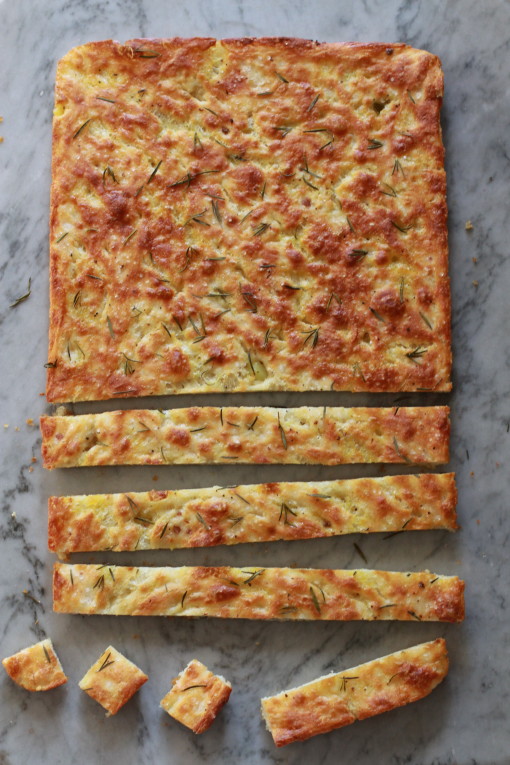
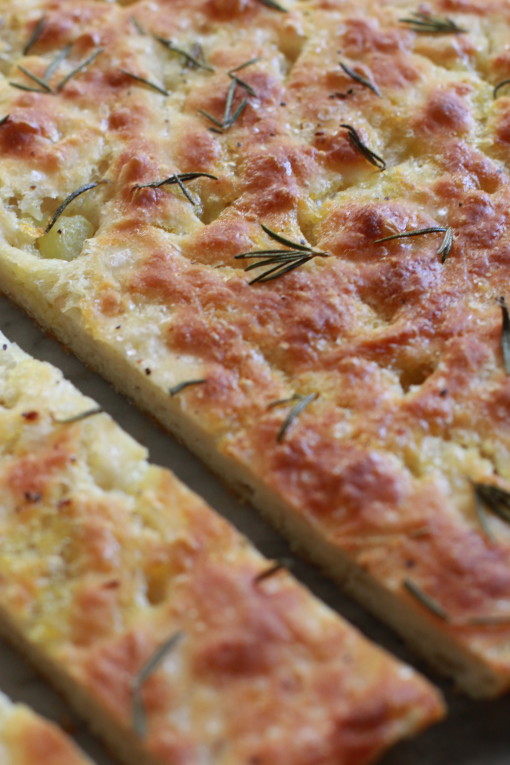


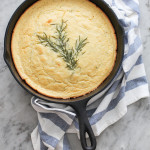

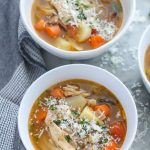
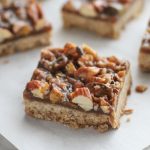



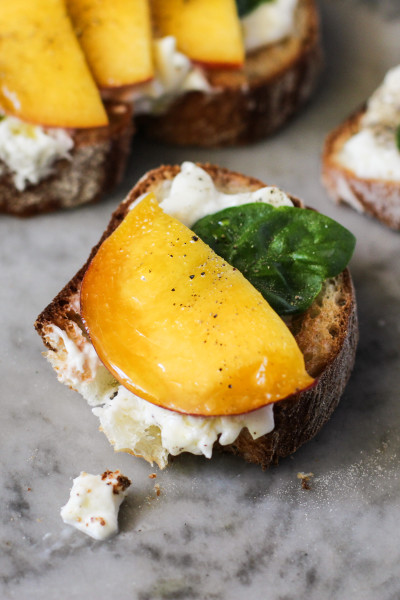
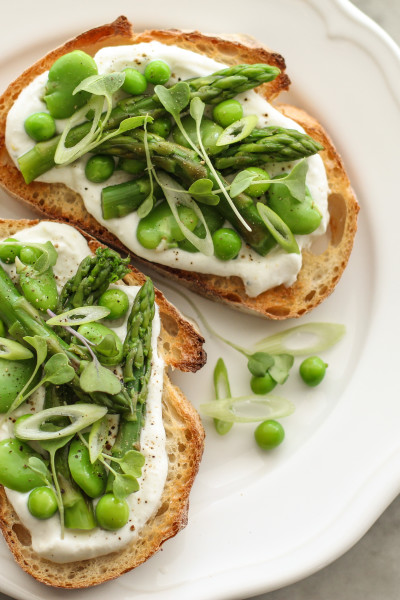

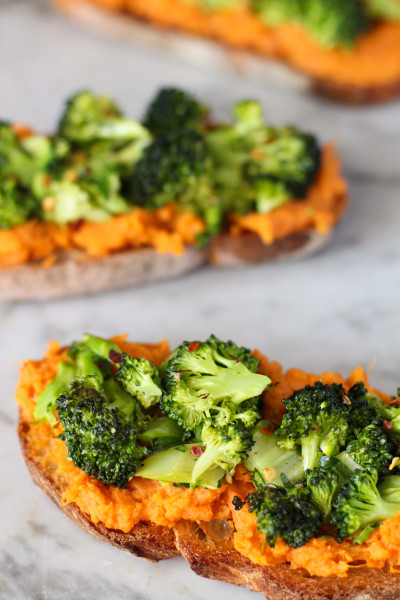



What is bread flour?
Bread flour has a higher gluten content than regular all-purpose flour. It works with the yeast to help the dough rise and retain gases as it bakes, resulting in better texture and greater volume. You can certainly use all-purpose flour in this recipe, the results will just be less spectacular.